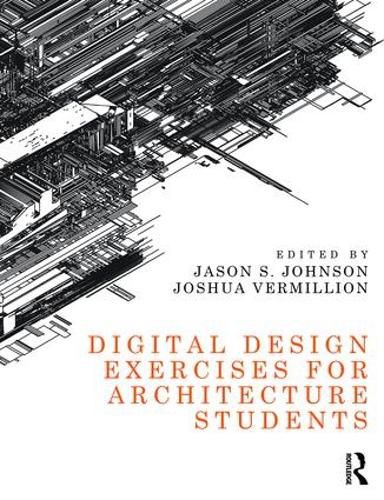Readings Newsletter
Become a Readings Member to make your shopping experience even easier.
Sign in or sign up for free!
You’re not far away from qualifying for FREE standard shipping within Australia
You’ve qualified for FREE standard shipping within Australia
The cart is loading…






Digital Design Exercises for Architecture Students teaches you the basics of digital design and fabrication tools with creative design exercises, featuring over 200 illustrations, which emphasize process and evaluation as key to designing in digital mediums. The book is software neutral, letting you choose the software with which to edit raster and vector graphics and to model digital objects. The clear, jargon-free introductions to key concepts and terms help you experiment and build your digital media skills. During the fabrication exercises you will learn strategies for laser cutting, CNC (computer-numerically controlled) milling, and 3D printing to help you focus on the processes of design thinking. Reading lists and essays from practitioners, instructors, and theorists ground the exercises in both broader and deeper contexts and encourage you to continue your investigative journey.
$9.00 standard shipping within Australia
FREE standard shipping within Australia for orders over $100.00
Express & International shipping calculated at checkout
Digital Design Exercises for Architecture Students teaches you the basics of digital design and fabrication tools with creative design exercises, featuring over 200 illustrations, which emphasize process and evaluation as key to designing in digital mediums. The book is software neutral, letting you choose the software with which to edit raster and vector graphics and to model digital objects. The clear, jargon-free introductions to key concepts and terms help you experiment and build your digital media skills. During the fabrication exercises you will learn strategies for laser cutting, CNC (computer-numerically controlled) milling, and 3D printing to help you focus on the processes of design thinking. Reading lists and essays from practitioners, instructors, and theorists ground the exercises in both broader and deeper contexts and encourage you to continue your investigative journey.